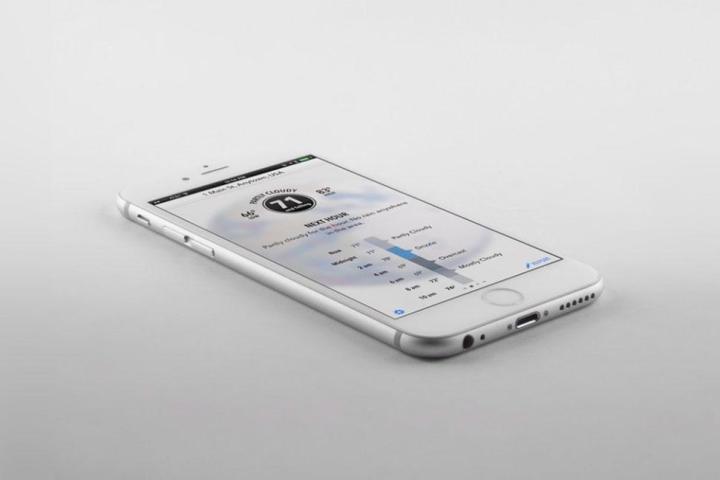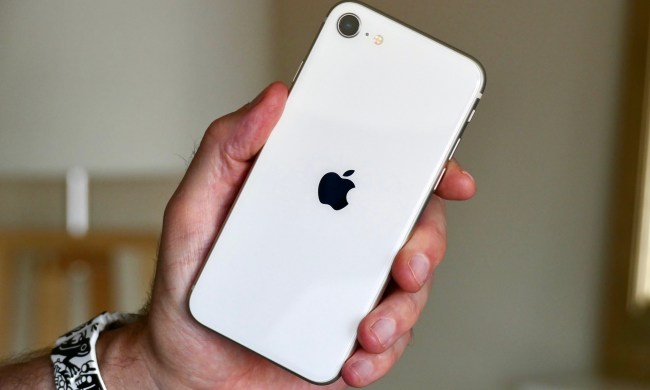
Dark Sky has built a solid reputation for its fairly accurate warnings on when and where it will rain, but with its latest update, it’s aiming to go beyond that. A new opt-in feature allows users to submit reports on the weather in their area.
“Up until now, we’ve relied mostly on government-run weather stations to provide ‘ground truth’ to validate our forecasts,” Dark Sky developer Adam Grossman wrote in the blog post announcing the new feature. “But there are relatively few stations worldwide, and they don’t always provide timely updates when we need them. By recruiting our wonderful users to help us, we can greatly increase the on-the-ground data that we need most.”
The new version of Dark Sky includes a “Report” button, which lets users submit information on general weather conditions, as well as whether fog or lighting are present. For iPhone 6 users, an even more impressive option is available: Dark Sky can access the internal barometer to submit pressure readings.
This barometer is included mainly for determining altitude, but Grossman writes that the feature also has “the potential to revolutionize weather forecasting.” There is no word on when these reports will be integrated into Dark Sky forecasts, but Grossman says that the developers will “hopefully have lots more to say about this in the coming months.”
Even if you aren’t interested in reporting on the weather in your area, the latest update includes a host of other improvements. Next-day alerts, daily summaries, and severe weather alerts have all been added, and an in-depth timeline of the next 24 hours is now shown on the app’s main screen.
If you want to get started reporting the weather in your area, or even just check out one of the better weather apps out there, Dark Sky can be found in the App Store for $4.


